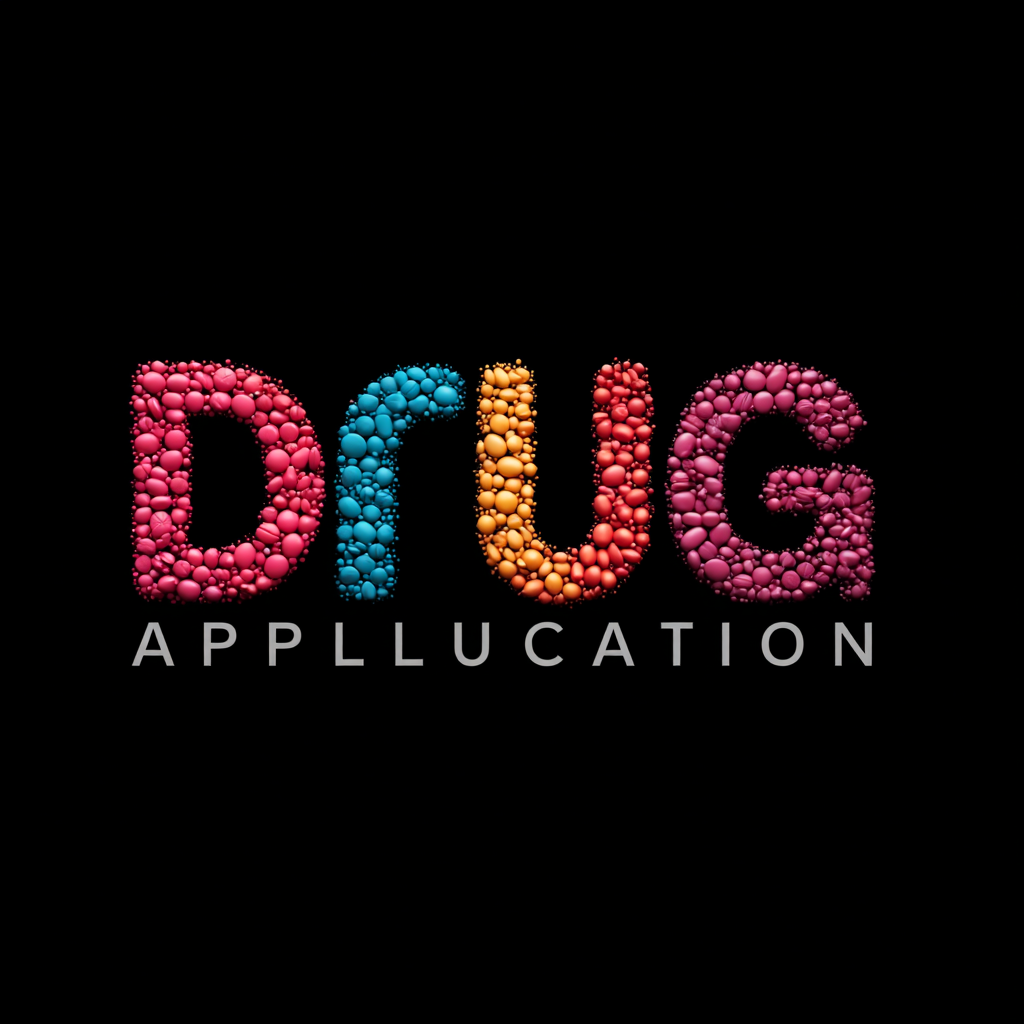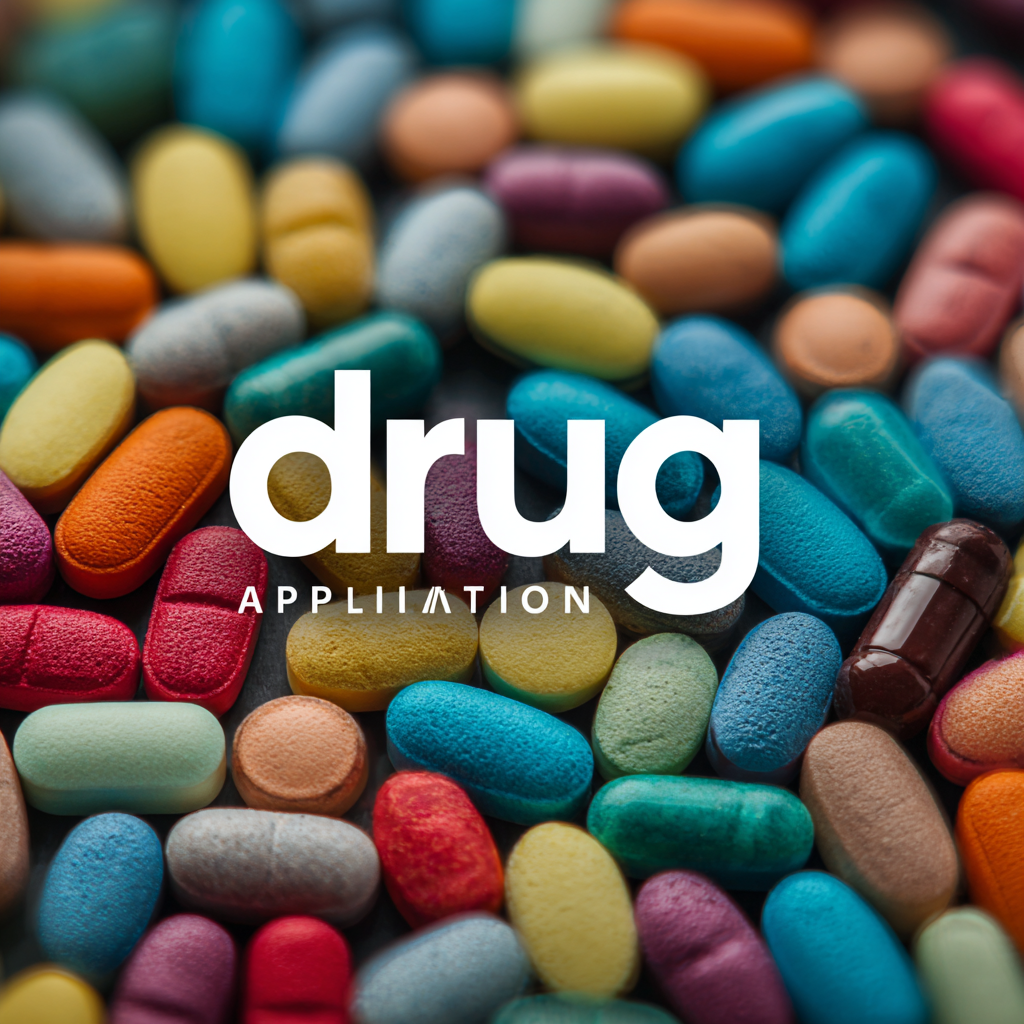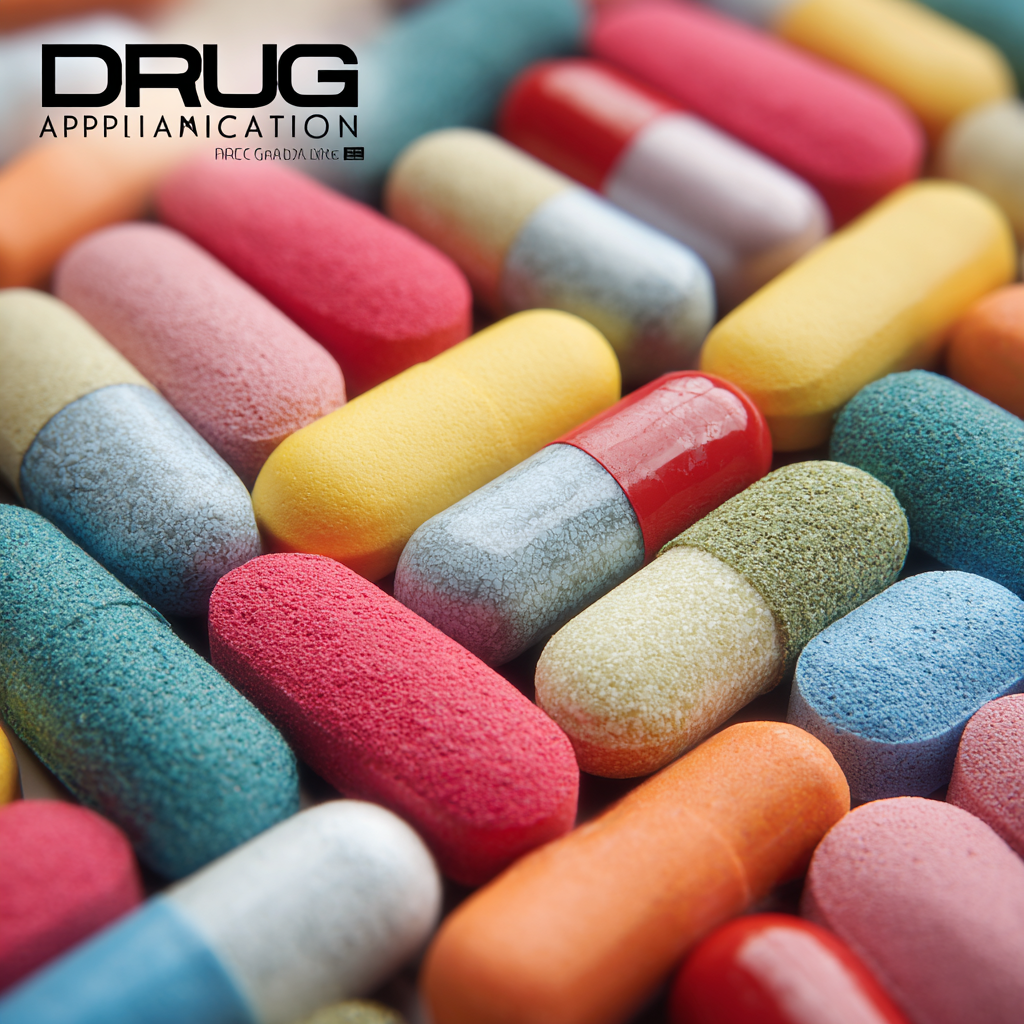In the rapidly evolving pharmaceutical landscape, the significance of drug application processes cannot be overstated, particularly in the realm of procurement strategies that drive global health outcomes. According to a report by the World Health Organization, pharmaceutical procurement accounts for approximately 25-50% of total health expenditure in many countries, underscoring the critical need for efficient drug application strategies. As the industry moves toward stringent production standards, understanding the nuances of drug application becomes essential in ensuring the availability of safe and effective medications.

With an estimated market value projected to reach $1.5 trillion by 2023, the importance of navigating complex regulatory frameworks and fostering collaboration among stakeholders is paramount. This blog will delve into the intricate dynamics of drug applications and their profound implications for pharmaceutical procurement on a global scale.
In recent years, pharmaceutical procurement has faced increasing complexities, particularly with the implementation of Best Drug Application (BDA) standards. These standards aim to ensure that the most effective and cost-efficient medications are accessible to healthcare systems worldwide. However, navigating these regulations presents significant challenges for procurement professionals. One of the primary obstacles is the need for thorough understanding and compliance with varied international guidelines, which can differ substantially from one region to another.
To effectively manage these challenges, procurement teams should focus on fostering strong relationships with suppliers. By engaging in continuous dialogue, these teams can gain insights into product availability and pricing dynamics, which is essential for making informed purchasing decisions. Another crucial tip is to invest in technology that streamlines the procurement process. Implementing data analytics tools can help organizations assess product performance and identify the best options based on real-world outcomes.
Additionally, staying informed about emerging therapies and regulatory changes is vital. Procurement professionals should attend industry conferences and participate in training programs focused on BDAs and other regulatory requirements, ultimately enabling them to adapt their strategies effectively in this rapidly evolving landscape.
Regulatory compliance plays a pivotal role in pharmaceutical procurement, particularly as healthcare budgets tighten and the demand for transparency increases. A recent study examining the impact of EU public procurement regulations on tenders in Spain highlights that pharmaceutical spending accounts for a significant share of public budgets. This underscores the need for strict adherence to regulatory frameworks, which not only facilitates the procurement process but also ensures the acquisition of high-quality medications at competitive prices. As public institutions strive for cost-effectiveness, compliance with EU regulations has become essential in driving down costs while maintaining product integrity.
As the pharmaceutical industry evolves, the complexity of regulatory requirements continues to expand. A recent report projects the comparator drug sourcing market to reach $1.88 billion by 2024-2025, fueled by the rising complexity of clinical trials and the expanding regulatory landscape. This situation demands that pharmaceutical companies adopt more robust compliance strategies to navigate these challenges effectively. Additionally, the shift towards digitization in supply chain management is necessary. Companies are increasingly seeking technological solutions to improve visibility, streamline operations, and enhance supplier management—all of which hinge on regulatory adherence to ensure seamless operations and maintain compliance with evolving laws.
| Region | Market Size (USD Billion) | Growth Rate (%) | Regulatory Compliance Challenges | Best Practices |
|---|---|---|---|---|
| North America | 150.0 | 5.5 | Navigating complex regulations | Regular audits and training |
| Europe | 120.0 | 4.8 | Variations in national laws | Collaborative compliance frameworks |
| Asia-Pacific | 80.0 | 7.2 | Rapidly changing regulations | Adopting global standards |
| Latin America | 40.0 | 6.1 | Enforcement inconsistencies | Engagement with authorities |
| Middle East & Africa | 30.0 | 5.0 | Cultural and legal diversity | Tailored Compliance Strategies |
The economic landscape of pharmaceutical procurement is increasingly influenced by the dynamics of drug application processes, which play a critical role in determining accessibility and affordability of essential medications. As governments and organizations grapple with budgeting for healthcare in a rapidly changing economic environment, the pricing strategies surrounding new drug approvals can significantly affect public spending. The recent introduction of negotiation programs under frameworks like the Medicare Drug Price Negotiation Program highlights the urgency to balance health outcomes with economic sustainability.

Incorporating cutting-edge technology such as artificial intelligence (AI) into pharmaceutical procurement holds the potential to substantially alter the efficiency of drug application processes. By streamlining research and development, predicting outcomes, and optimizing supply chains, AI can drive down costs while improving the availability of innovative treatments. As generative AI emerges as a major productivity driver, its impact on the pharmaceutical sector could not only enhance economic growth but potentially reshape employment landscapes within healthcare, presenting both opportunities and challenges to existing paradigms in drug procurement.
The Best Drug Application (BDA) procedures vary significantly across different countries, influencing the efficiency and effectiveness of pharmaceutical procurement. In regions like North America and Europe, BDAs are often centralized, allowing for streamlined processes and transparency. These areas benefit from stringent regulations and thorough review systems that ensure drug safety and efficacy. However, this often leads to longer times for drug approval, potentially delaying patient access to essential medications.
Conversely, in many developing countries, BDA processes may lack the same level of organization and regulatory oversight. These variations can result in faster approval times, but they carry the risk of inadequate evaluation, leading to the introduction of substandard drugs into the market. Consequently, patients in these regions might have access to medications sooner, but potentially at the cost of safety and effectiveness. The discrepancies in BDA procedures across the globe highlight the need for a balanced approach that prioritizes both timely access to healthcare and robust regulatory frameworks to safeguard public health.
This chart illustrates the global variations in Best Drug Application procedures and their consequences in terms of procurement efficiency across different regions.
The pharmaceutical industry faces a myriad of challenges when it comes to production standards, significantly impacting the effectiveness of Best Drug Applications (BDA) in procurement processes. One chief issue is the variability in production guidelines across different regions and manufacturers. This inconsistency can lead to discrepancies in drug quality, ultimately affecting patient safety. To overcome these challenges, industry stakeholders must advocate for a unified set of standards that are recognized globally. Developing rigorous quality checks and harmonization of regulatory requirements can facilitate a smoother manufacturing process and ensure that all drugs meet the conditions set forth in the BDA.
Another strategy for addressing production standards issues involves fostering collaboration among pharmaceutical companies, regulatory bodies, and supply chain partners. Enhanced communication can lead to better understanding and adherence to accepted practices, thus minimizing errors and inefficiencies. Training programs designed to inform and educate all parties involved about updated standards and technologies can also be pivotal. By investing in such initiatives, stakeholders can ensure that standards are not only met but also consistently improved upon, ultimately leading to enhanced drug procurement practices and patient satisfaction in the long term.
